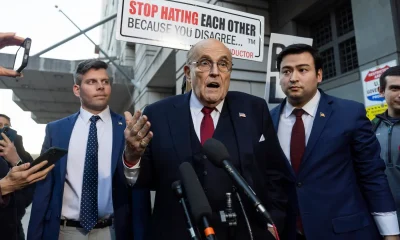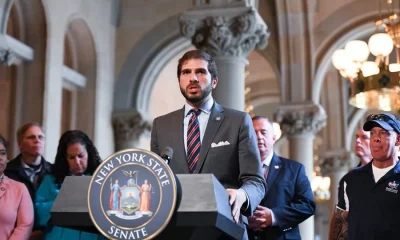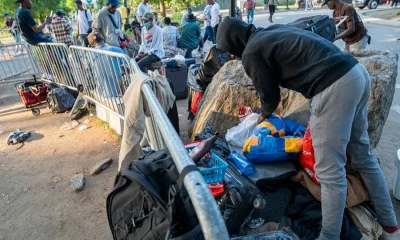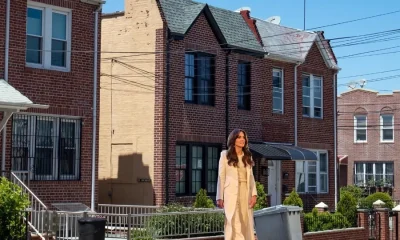International
A Mexican-American artist denounces the deportations with a mural on the border
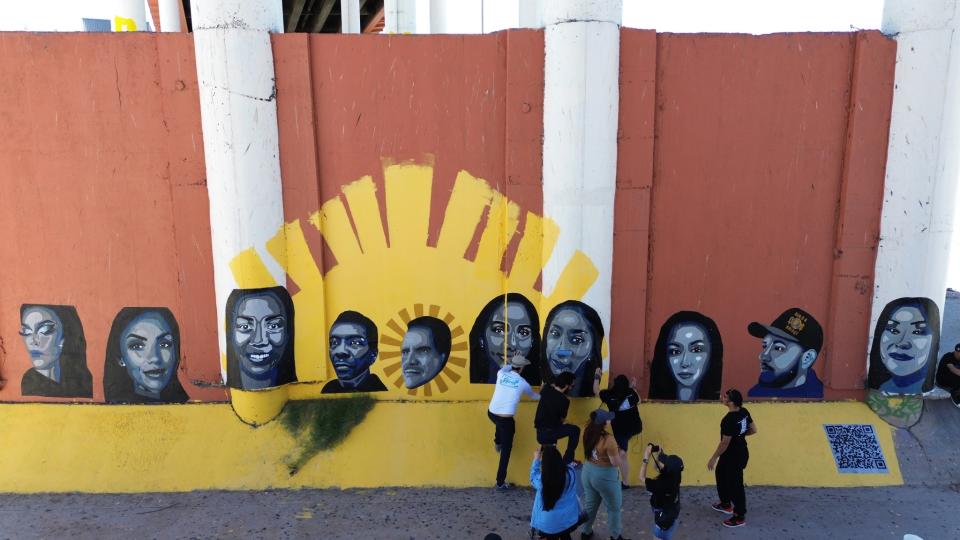
The Mexican-American artist Lizbeth de la Cruz Santana painted a mural on the border between the Mexican Ciudad Juárez and the American El Paso with images of 13 mothers, veterans and ‘dreamers’ who already had a life in the United States but were deported from that country.
His work, installed on pillars and foundations of the Santa Fe international bridge, on the Mexican side of the border, shows the human side of deportation, asylum and what happens with American families disarmed by the immigration system of the United States.
“There are 13 people, different profiles, different nationalities, it is very important to take into account that people from different parts of the world arrive at this point of the border,” the muralist said on Monday in an interview with EFE.
He said that the project in Juárez includes the documentation of the stories of these 13 people, so the mural has QR codes so that people who visit this point know the stories on the artist’s website.
De la Cruz Santana commented that Mexico must have more humane policies to receive the deportees so that they can integrate more easily into society because they suffer a lot of discrimination.
He said that the main audience of the work are the deportees themselves, whose photos have been captured, so that they do not feel that their stories have been forgotten, in addition to being a message for governments, so that they are more human.
“For me, it is very important not to forget the people who have suffered deportation. People or relatives who are left behind or who have to take their children born in the United States to another country like Mexico, remind people that this issue has not been solved,” he remarked.
An example is Any García, who was born in Jalisco, a state in western Mexico, from where her family took her to the United States when she was 4 years old, but the authorities deported her 30 years later.
“My whole family is in the United States, my mom, my sisters, the father of the children, even if we are together, because we are missing those on the other side. In a perfect world, we want the way to return, even if it is not to live, but to be able to be with our loved ones,” Any said.
The woman commented that the border separates thousands of families, so the idea of participating in this project is to make visible what migrants deported by a “very inhuman” system are experiencing.
International
Police investigate deaths of Rob Reiner and wife as apparent homicide

The Los Angeles Police Department (LAPD) is investigating the deaths of Hollywood actor and filmmaker Rob Reinerand his wife as an “apparent homicide,” amid a wave of tributes to the director of classics such as When Harry Met Sally.
According to U.S. media reports on Sunday, Rob Reiner and Michele Singer Reiner were found dead at their Los Angeles mansion with what appeared to be stab wounds.
Several political figures shared messages of condolence following the reported deaths of the director of A Few Good Menand his wife.
While the LAPD did not officially confirm the identities of the victims, it stated that homicide detectives were dispatched to the Reiner residence.
“At this time, no additional details are available and the investigation into an apparent homicide is ongoing,” the Los Angeles Police Department said in a statement posted on social media.
LAPD Deputy Chief Alan Hamilton told reporters that no arrests have been made and that no individuals are currently being questioned as suspects.
“I’m not going to confirm whether anyone is being questioned at this moment or not. We are going to try to speak with as many family members as we can,” Hamilton said.
CNN reported that a family spokesperson confirmed the deaths of Reiner and his wife.
California Governor Gavin Newsom, former U.S. President Barack Obama, and former Vice President Kamala Harrisissued statements expressing their condolences.
International
U.S. and Mexico Reach Deal to Address Water Deficit Under 1944 Treaty

The United States and Mexico have reached an agreement to comply with current water obligations affecting U.S. farmers and ranchers and for Mexico to cover its water deficit to Texas under the 1944 Water Treaty, the U.S. Department of Agriculture said in a statement.
The department уточified that the agreement applies to both the current cycle and the water deficit from the previous cycle.
On Monday, U.S. President Donald Trump accused Mexico of failing to comply with the water-sharing treaty between the two countries, which requires the United States to deliver 1.85 billion cubic meters of water from the Colorado River, while Mexico must supply 432 million cubic meters from the Rio Grande.
Mexico is behind on its commitments. According to Washington, the country has accumulated a deficit of more than one billion cubic meters of water over the past five years.
“This violation is severely harming our beautiful crops and our livestock in Texas,” Trump wrote on Monday.
The Department of Agriculture said on Friday that Mexico had agreed to supply 250 million cubic meters of water starting next week and to work toward closing the shortfall.
Agriculture Secretary Brooke Rollins, quoted in the statement, said Mexico delivered more water in a single year than it had over the previous four years combined.
Trump has said that if Mexico continues to fall short of its obligations, the United States reserves the right to impose 5% tariffs on imported Mexican products.
Mexico’s Deputy Foreign Minister for North America, Roberto Velasco, said that a severe drought in 2022 and 2023prevented the country from meeting its commitments.
International
Several people shot in attack on Brown University campus

Several people were shot on Saturday in an attack on the campus of Brown University, in the northeastern United States, local police reported.
“Shelter in place and avoid the area until further notice,” the Providence Police Department urged in a post on X. Brown University is located in Providence, the capital of the state of Rhode Island.
U.S. President Donald Trump said on his social media platform Truth Social that he had been briefed on the situation and that the FBI was on the scene.
At 5:52 p.m. local time (11:52 p.m. GMT), Brown University said the situation was still “ongoing” and instructed students to remain sheltered until further notice.
After initially stating that the suspect had been taken into custody, Trump later posted a second message clarifying that local police had walked back that information. “The suspect has NOT been apprehended,” the U.S. president said.
-

 Central America3 days ago
Central America3 days agoPanama seizes over three tons of drugs hidden in Caribbean port container
-

 International2 days ago
International2 days agoPolice investigate deaths of Rob Reiner and wife as apparent homicide
-

 International4 days ago
International4 days agoSeveral people shot in attack on Brown University campus
-

 Central America2 days ago
Central America2 days agoOAS urges swift recount in Honduras as election results remain uncertain
-

 Central America23 hours ago
Central America23 hours agoEl Salvador ranks among top countries in the Americas in fight against organized crime
-
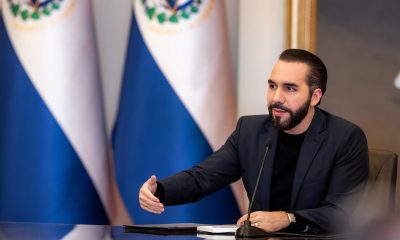
 Central America23 hours ago
Central America23 hours agoBukele says AI partnership with xAI will transform public education in El Salvador
-

 International4 days ago
International4 days agoU.S. and Mexico Reach Deal to Address Water Deficit Under 1944 Treaty

























